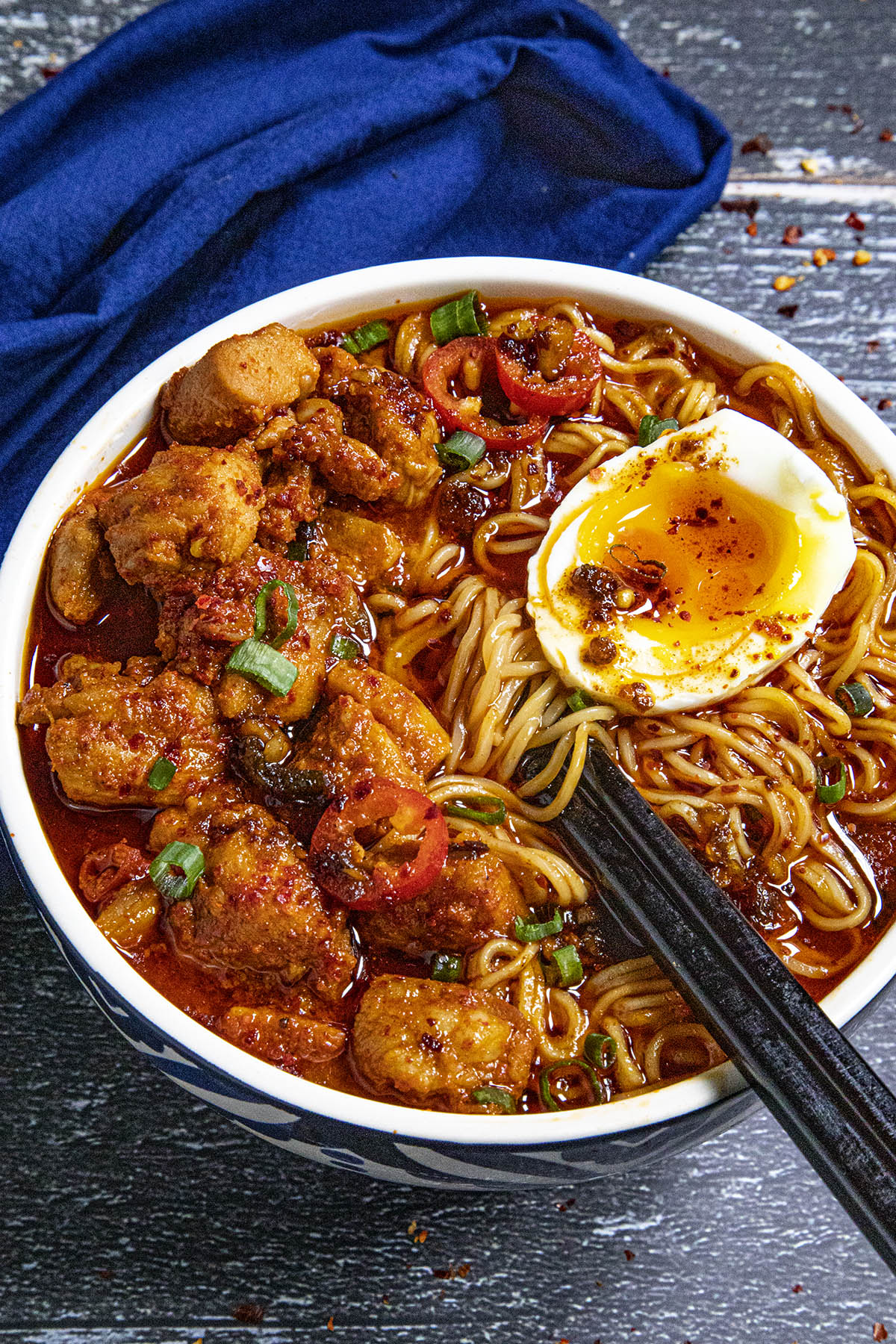Buldak Ramen Recall: Understanding The Bacteria Contamination And Its Impact
Buldak Ramen, a popular spicy noodle dish, has recently made headlines due to a recall linked to bacterial contamination. This alarming news has raised questions among consumers and health officials alike. In this article, we will delve into the reasons behind the recall, examine the potential health risks, and provide guidance on how to stay informed about food safety. With foodborne illnesses affecting millions each year, understanding the implications of such recalls is vital for your health and well-being.
The food industry is continuously monitored for safety, and recalls are a crucial part of ensuring consumer health. When a product is found to be contaminated, immediate action is taken to mitigate risks. Buldak Ramen's recent recall serves as a reminder of the importance of being aware of what we consume. In the following sections, we will explore the details surrounding this recall, the bacteria involved, and what steps you can take to protect yourself.
As we navigate through this issue, we aim to provide you with expert insights and trustworthy information to ensure you make informed decisions regarding your food consumption. Let’s begin our exploration into the Buldak Ramen recall and its implications.
Table of Contents
- About Buldak Ramen
- Recall Details
- Bacteria Involved in the Recall
- Health Risks of Bacterial Contamination
- Consumer Guidance on Food Recalls
- Preventive Measures Against Bacteria
- Conclusion
- Sources
About Buldak Ramen
Buldak Ramen is a South Korean instant noodle dish known for its extreme spiciness and unique flavor. It has gained a massive following worldwide, especially among young consumers who enjoy its bold taste. Buldak is often referred to as "fire chicken" ramen due to its spicy chicken flavoring. Below is a brief overview of Buldak Ramen's characteristics:
| Attribute | Description |
|---|---|
| Name | Buldak Ramen |
| Origin | South Korea |
| Main Ingredients | Wheat noodles, spicy chicken seasoning, vegetable flakes |
| Spice Level | Very high |
| Target Audience | Spicy food enthusiasts, young consumers |
Recall Details
In [Month Year], the manufacturer of Buldak Ramen announced a recall due to potential bacterial contamination. The recall was initiated after routine testing revealed the presence of harmful bacteria, prompting the company to take immediate action to protect consumers. Here are key details regarding the recall:
- Product Name: Buldak Ramen (specify variants)
- Recall Date: [Insert date]
- Bacteria Detected: [Insert bacteria name]
- Batch Numbers Affected: [Insert batch numbers]
- Retailers Involved: [List of retailers]
Bacteria Involved in the Recall
The specific bacteria identified in the Buldak Ramen recall was [insert bacteria name], which is known to cause foodborne illnesses. This section will provide an overview of the bacteria involved:
- Name: [Insert bacteria name]
- Characteristics: [Brief description of the bacteria]
- Sources of Contamination: [Common sources]
- Symptoms of Infection: [List of symptoms]
Health Risks of Bacterial Contamination
Bacterial contamination in food can lead to serious health issues, particularly for vulnerable populations. Understanding the health risks associated with consuming contaminated products is crucial:
- Foodborne illnesses can cause symptoms such as nausea, vomiting, diarrhea, and abdominal cramps.
- Severe cases may lead to hospitalization, especially in young children, the elderly, and individuals with weakened immune systems.
- Long-term complications may arise from certain bacterial infections, such as kidney failure or chronic digestive issues.
Consumer Guidance on Food Recalls
As a consumer, it is essential to stay informed about food recalls and understand how to respond effectively:
- Check for recall notices on the manufacturer's website or the FDA’s recall database.
- If you have purchased the affected product, do not consume it and follow the disposal instructions provided.
- Stay updated on food safety practices to minimize the risk of contamination in your own kitchen.
Preventive Measures Against Bacteria
To protect yourself from bacterial contamination in food, consider the following preventive measures:
- Wash hands thoroughly before handling food.
- Cook food to the appropriate temperatures to kill harmful bacteria.
- Store food at safe temperatures to prevent bacterial growth.
- Regularly clean kitchen surfaces and utensils.
Conclusion
In summary, the Buldak Ramen recall highlights the importance of food safety and consumer awareness. By understanding the risks associated with bacterial contamination and taking proactive measures, you can protect yourself and your loved ones. We encourage you to stay informed about food recalls and practice safe food handling techniques. If you have any experiences or comments regarding this issue, please leave them below.
Sources
For further information and updates regarding the Buldak Ramen recall, you can refer to the following trustworthy sources:
- [FDA Food Safety](https://www.fda.gov)
- [Centers for Disease Control and Prevention (CDC)](https://www.cdc.gov)
- [Manufacturer's Official Website](#)
Travis Kelce Height: Everything You Need To Know
Recall Ramen: What You Need To Know About The Recent Food Safety Alert
Wentworth Miller Relationships: A Deep Dive Into His Personal Life


